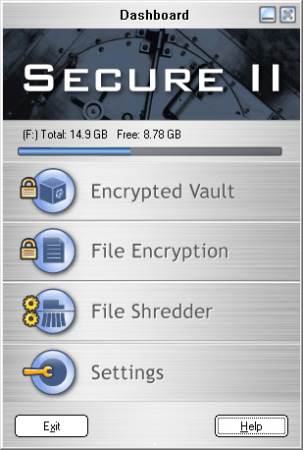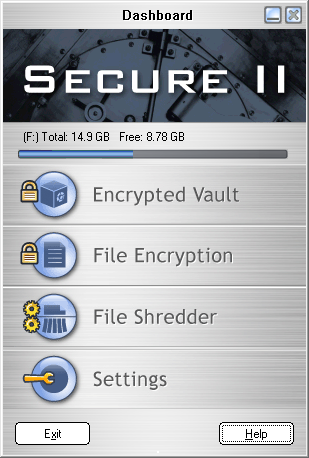There are numerous techniques you can use to minimize the damage, should your computer or files fall into the wrong hands.
Did you know that Microsoft Office allows you to save documents, workbooks, databases, and so forth with passwords? This feature has been available for years. It’s not 100% safe—nothing is. But if you use Office regularly and want at least one decent level of security, it’s here. For example, you’re working on a proposal in Word and decide that only you or selected others with a password should be able to open the document. Instead of choosing Save, choose Save As. In the Save As dialog box or screen, look toward the bottom for a button called Tools. Click Tools, and then click General Options. Once there, you should see a variety of choices, with one being called Password to open (or similar). Type a password, click OK, and then type it again at the prompt. Save the document.
 Note: It’s extremely important you remember (or write down) the password. There’s no ‘backdoor’, and Microsoft will not be able to help you retrieve your password.
Note: It’s extremely important you remember (or write down) the password. There’s no ‘backdoor’, and Microsoft will not be able to help you retrieve your password.
Another easy way to protect your data is to purchase a USB that allows for the creation of hidden or protected folders. One of the USBs I work with is a Lexar. It comes with Secure II. This system allowed me to create several folders on the USB that require passwords to open them. To the casual user, it would seem there’s nothing on the USB. But when I access Secure II, and open an Encrypted Vault, the ‘vault’ (a folder, really) opens as if it were a separate drive. Everything stored in that vault/folder is protected by the master password used to access it. Add in individual file protection, if needed, and I have two layers of protection.
If you use a USB for secure storage, back it up! I’ve had several USBs fail on me over the past few years (the Lexar isn’t one of those).
CONNECT:SHARE:
